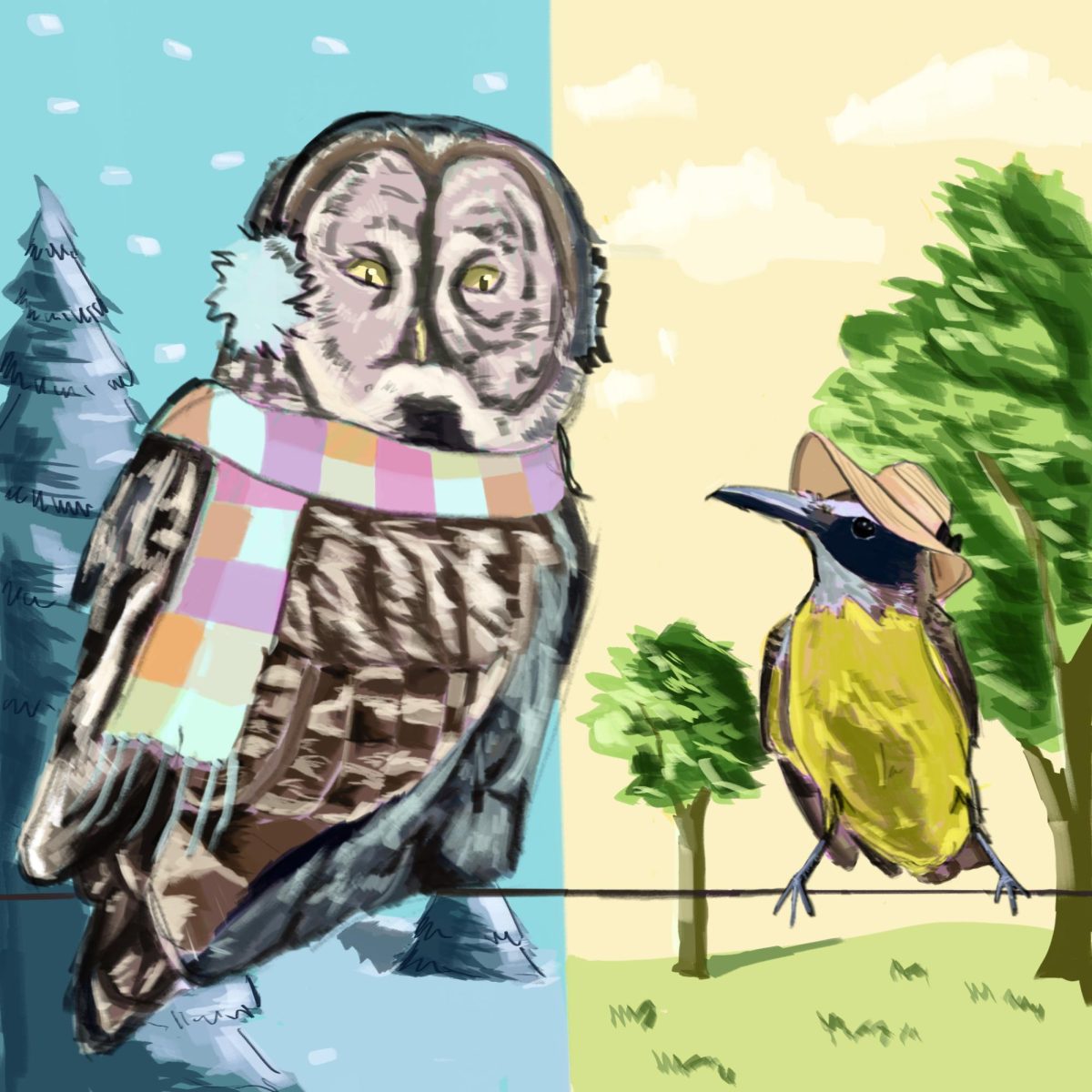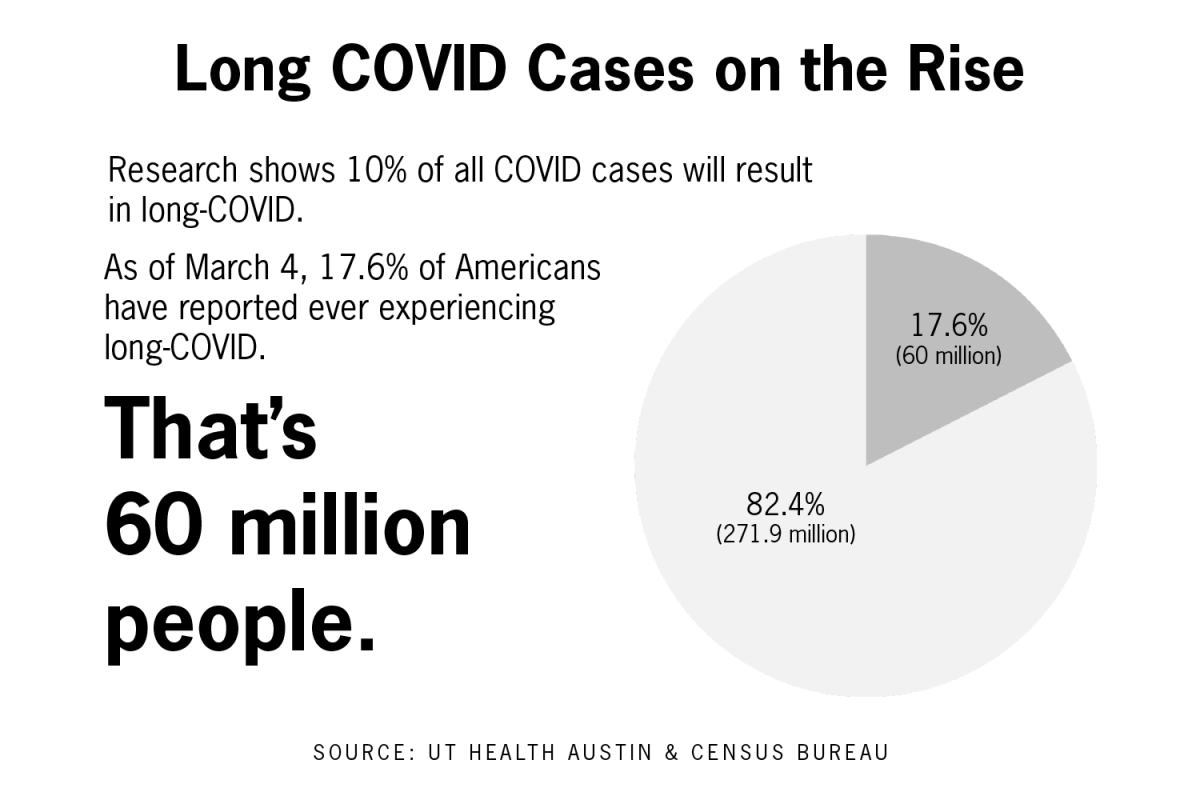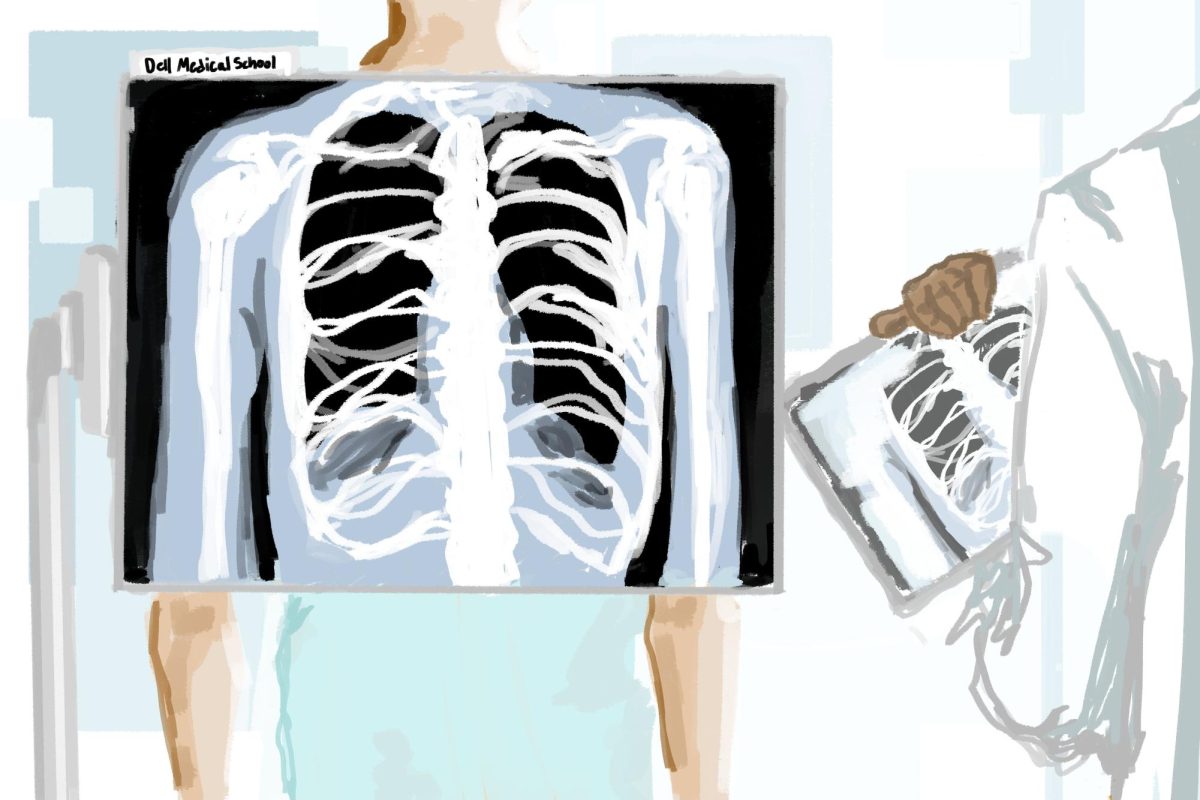A recent study involving UT researchers revealed new insights into the relationship between different factors impacting how birds evolve in the face of warming temperatures.
Traditionally, biologists believed that animals in colder climates had bigger bodies than those in hotter climates, a relationship known as Bergmann’s rule. Although this correlation seemed true in theory, study author Carlos Botero said field data collected by researchers showed evidence contrary to the rule.
“There’s been many recent reports that basically say that Bergmann’s rule is dead,” Botero said. “When people go and test this idea in the field, they realize that it doesn’t pan out … you don’t really see a significant decrease in body size with temperature.”
Upon further investigating this inconsistency, the researchers found Bergmann’s rule may seem false because changes in overall body size occur alongside changes in the size of extremities.
“We started brainstorming and started realizing Bergmann’s rule is not the only way in which birds could adapt to the same temperature changes,” Botero said. “Another version would be to change their extremities.”
Researchers found another relationship known as Allen’s rule, which states that animals in colder climates have smaller appendages than animals in hotter climates, a change that frequently occurs cooperatively with changes in body size.
“The whole idea of Bergmann was that changes in (surface-to-volume ratio) should make it easier to dissipate heat,” Botero said. “But you could also think that all the extremities like your arms, your ears, your legs already have a high surface-to-volume ratio … by changing the size of those appendages, you might be able to achieve the same thing as changing the size of the entire body.”
Much like Bergmann’s rule, Botero said in many cases Allen’s rule alone was not applicable to data collected in the field.
“We realized maybe what happens is that they’re complementing each other such that each one is doing a little bit,” Botero said. “Overall, you see very little changes in body size and very little changes in appendages, but overall the same amount as you would expect of surface-to-volume ratio change.”
The study found this complementary relationship between rules occurs in nearly every species of terrestrial bird.
“A vast majority of families of birds really do not show a significant Allen or a significant Bergmann,” Botero said. “We find that if you have a strong effect on one, you have a weak effect on the other and the other way around, but most of the time you have weak effects on both.”
Although there is concrete evidence that adapting body size helps animals cope with heat, Botero said more research needs to be done to examine how these occurrences fit into the wider phenomenon of climate change.
“The bottom line is that … birds and animals in general really are using body size and extremity size as a way to cope with this increase in temperature that we’re seeing,” Botero said. “It needs much more careful consideration to see how much it affects overall response to climate change, but there’s pretty good evidence that at least body size has been a really important way to adapt to human-induced rapid environmental changes.”















